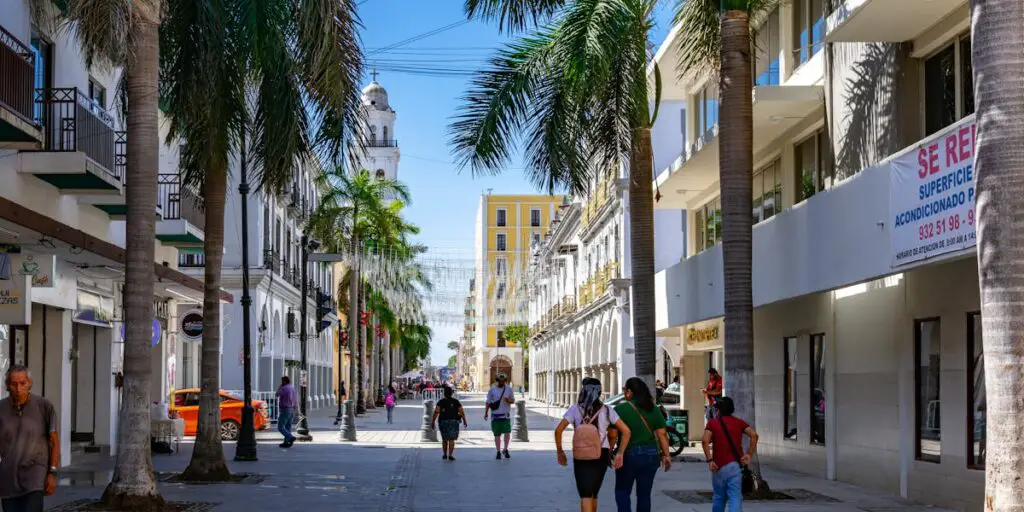Examine the Rise and Fall of Pampas as the ‘Food Basket’ for European Countries During 1853–1930
Introduction The Pampas region of Argentina, Uruguay, and parts of Brazil was one of the most fertile agricultural areas in the world and became known as the “food basket” for Europe during the late 19th and early 20th centuries. From 1853 to 1930, the Pampas played a critical role in supplying grain, beef, and wool […]









